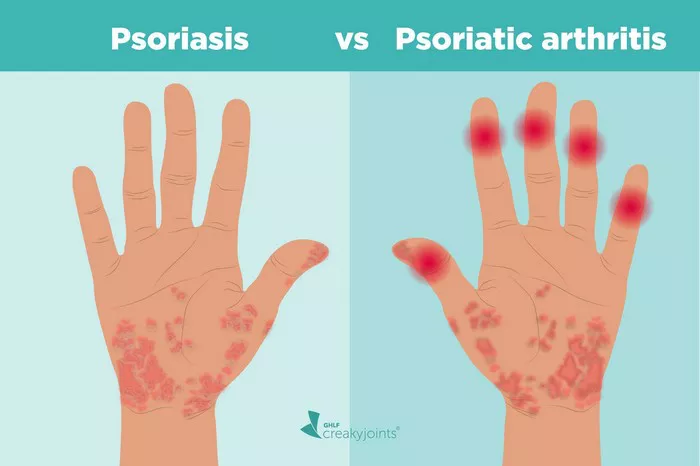Hidradenitis Suppurativa (HS), a chronic inflammatory skin condition, has long been shrouded in misconceptions and misunderstandings. Among the plethora of questions that surround this ailment, one of the most common inquiries pertains to its contagiousness. It’s a legitimate concern given the discomfort and visible symptoms associated with HS. However, separating fact from fiction is crucial in dispelling fears and promoting accurate information regarding the transmission of this condition.
Understanding Hidradenitis Suppurativa
Before delving into the contagiousness aspect, it’s imperative to grasp the fundamentals of Hidradenitis Suppurativa. HS primarily affects areas where skin rubs together, such as the armpits, groin, buttocks, and under the breasts. The condition manifests as painful nodules, abscesses, and tunnels under the skin, often leading to the formation of draining tracts. These symptoms can significantly impact a person’s quality of life, causing physical discomfort, emotional distress, and social stigma.
The exact cause of HS remains elusive, although it’s believed to involve a combination of genetic, hormonal, and environmental factors. Factors such as obesity, smoking, and immune system dysfunction have been associated with an increased risk of developing HS. Additionally, research suggests a link between HS and disorders like acne and inflammatory bowel disease, indicating a complex interplay of biological mechanisms.
Dispelling the Myth of Contagion
Despite the prevalence of misinformation, HS is not contagious. The condition does not spread through direct contact, airborne particles, or sharing personal items. This fact is crucial to emphasize, as misconceptions about its contagiousness can lead to unwarranted fear and discrimination against individuals living with HS.
HS is a chronic inflammatory condition rooted in aberrant immune responses and skin physiology. It is not caused by bacteria or viruses commonly associated with contagious skin infections like impetigo or herpes. Instead, HS develops within the hair follicles and apocrine sweat glands, leading to chronic inflammation and the formation of painful lesions.
While HS lesions may appear similar to boils or abscesses associated with bacterial infections, they are not indicative of contagion. These lesions result from the occlusion and rupture of hair follicles, leading to the accumulation of keratin, bacteria, and immune cells within the skin. Despite the presence of bacteria within HS lesions, they are not transmissible from person to person through casual contact.
Factors Contributing to Misconceptions
Several factors contribute to the perpetuation of myths regarding the contagiousness of HS. One significant factor is the visible nature of the condition. The presence of inflamed nodules, abscesses, and draining tracts can evoke discomfort and aversion in others, leading to misconceptions about contagion.
Furthermore, the chronic and recurrent nature of HS can contribute to misunderstandings. Individuals may observe flare-ups or exacerbations of symptoms over time, leading them to believe that the condition is spreading or contagious. However, these fluctuations are characteristic of HS’s unpredictable course and do not signify contagion.
Social stigma and lack of awareness also play a role in perpetuating misconceptions about HS. Limited understanding of the condition among the general public can fuel fear and discrimination, further isolating individuals living with HS. Education and advocacy are essential in challenging these misconceptions and fostering empathy and support for those affected by the condition.
Promoting Accurate Information and Support
In combating misinformation about HS, healthcare professionals, advocacy organizations, and individuals living with the condition play pivotal roles. Healthcare providers must educate their patients about the non-contagious nature of HS and address any concerns or misconceptions they may have. Open communication and patient education can empower individuals to manage their condition effectively and navigate social interactions with confidence.
Advocacy organizations dedicated to HS awareness and support play a vital role in disseminating accurate information and combating stigma. These organizations provide resources, support networks, and educational materials to individuals living with HS and their loved ones. By amplifying the voices of those affected by the condition and raising public awareness, these organizations contribute to destigmatizing HS and promoting greater understanding and acceptance.
Individuals living with HS can also play an active role in dispelling myths and advocating for accurate information. By sharing their experiences, raising awareness, and challenging misconceptions, they contribute to a more informed and supportive community. Peer support groups and online forums provide platforms for individuals to connect, share resources, and offer encouragement to one another.
Conclusion
In conclusion, Hidradenitis Suppurativa is a chronic inflammatory skin condition that is not contagious. Despite the presence of painful lesions and draining tracts, HS does not spread through direct contact, airborne transmission, or sharing personal items. Dispelling myths about the contagiousness of HS is essential in combating stigma, promoting accurate information, and supporting individuals affected by the condition. Through education, advocacy, and support, we can foster a more inclusive and understanding society for those living with HS.

























